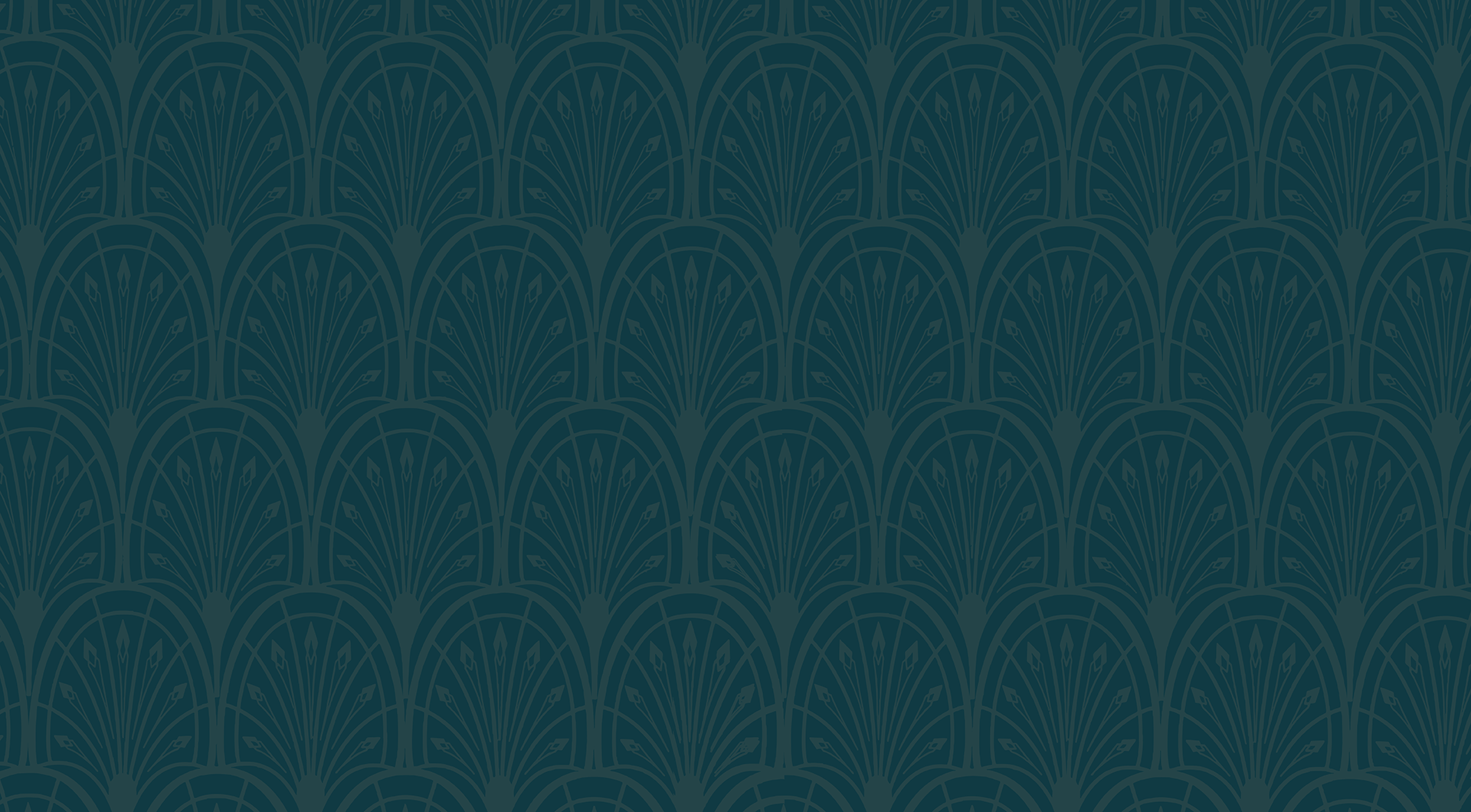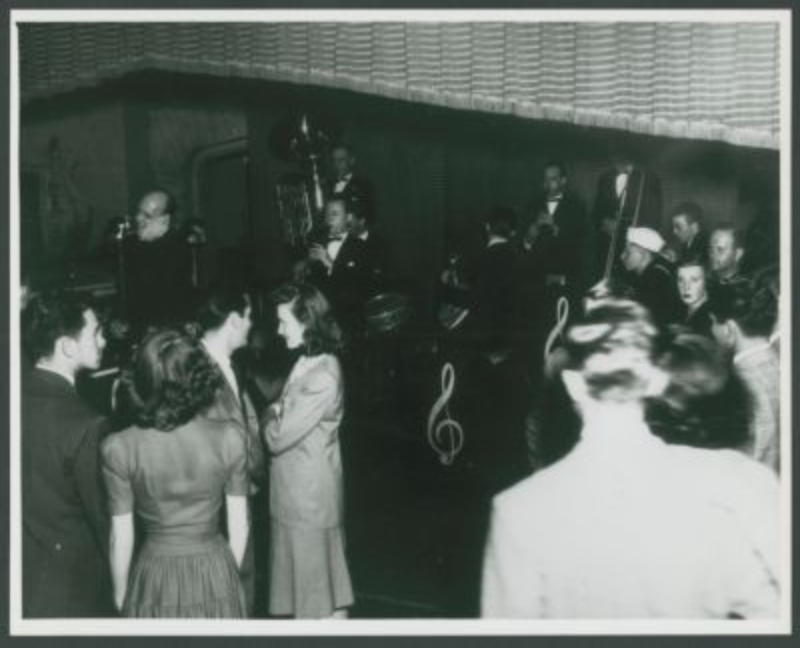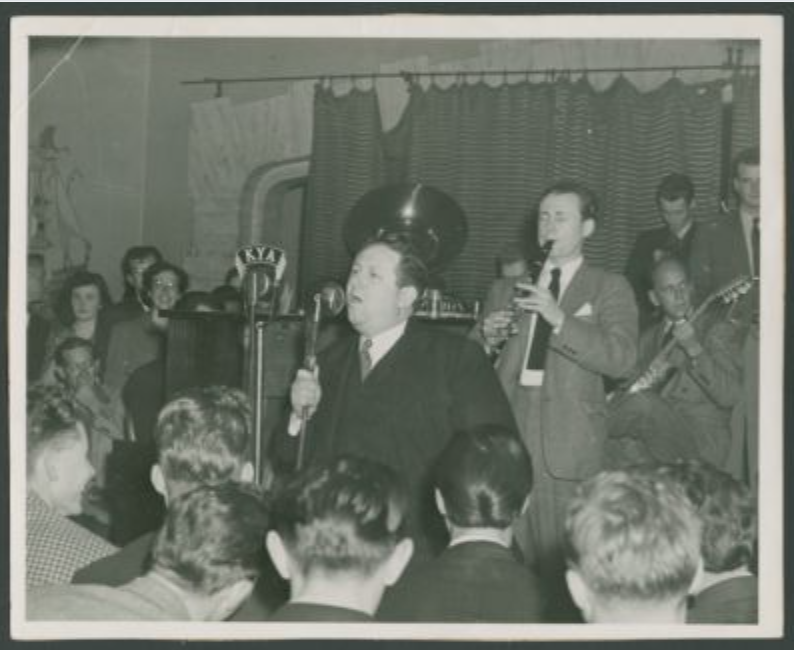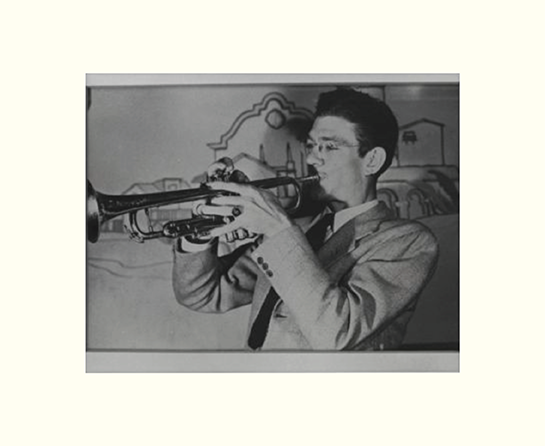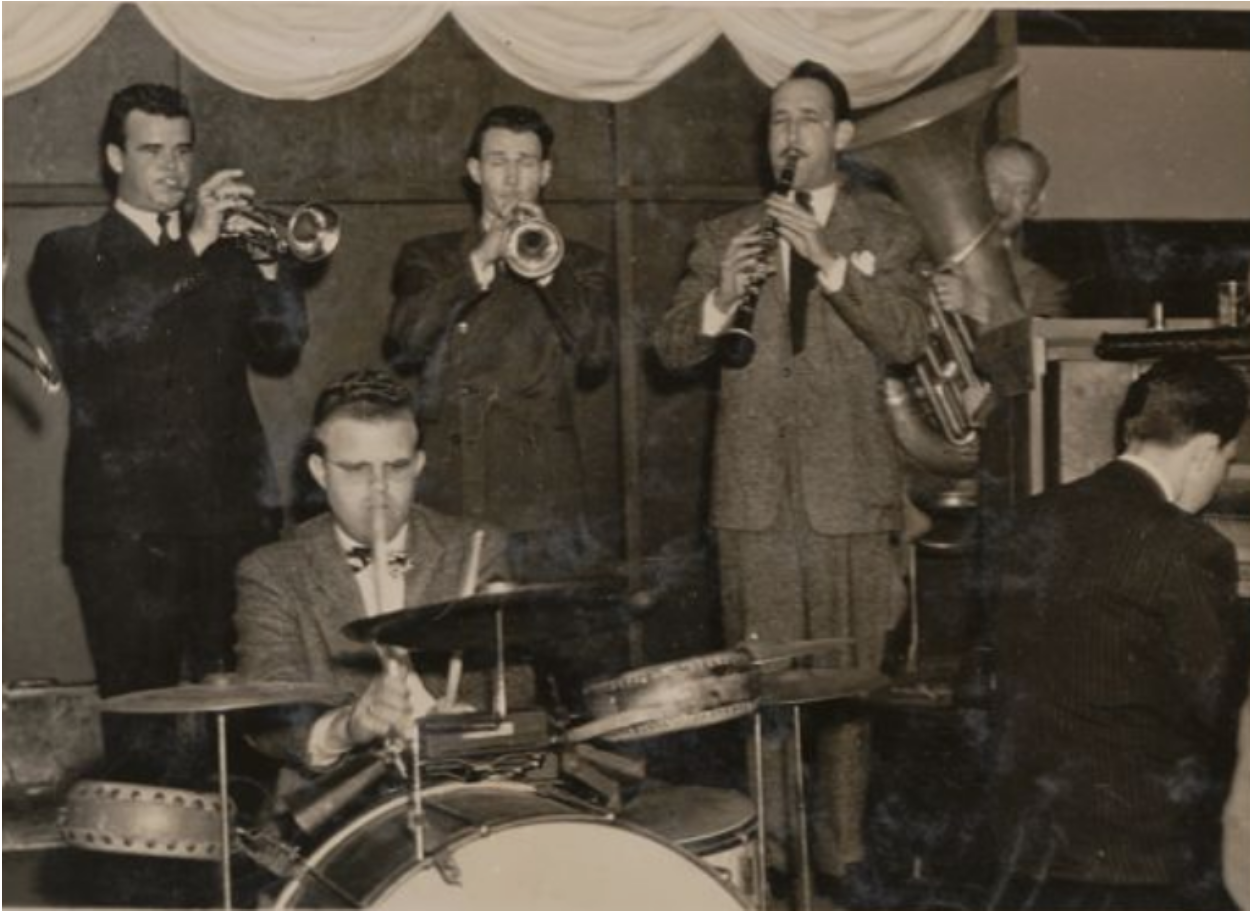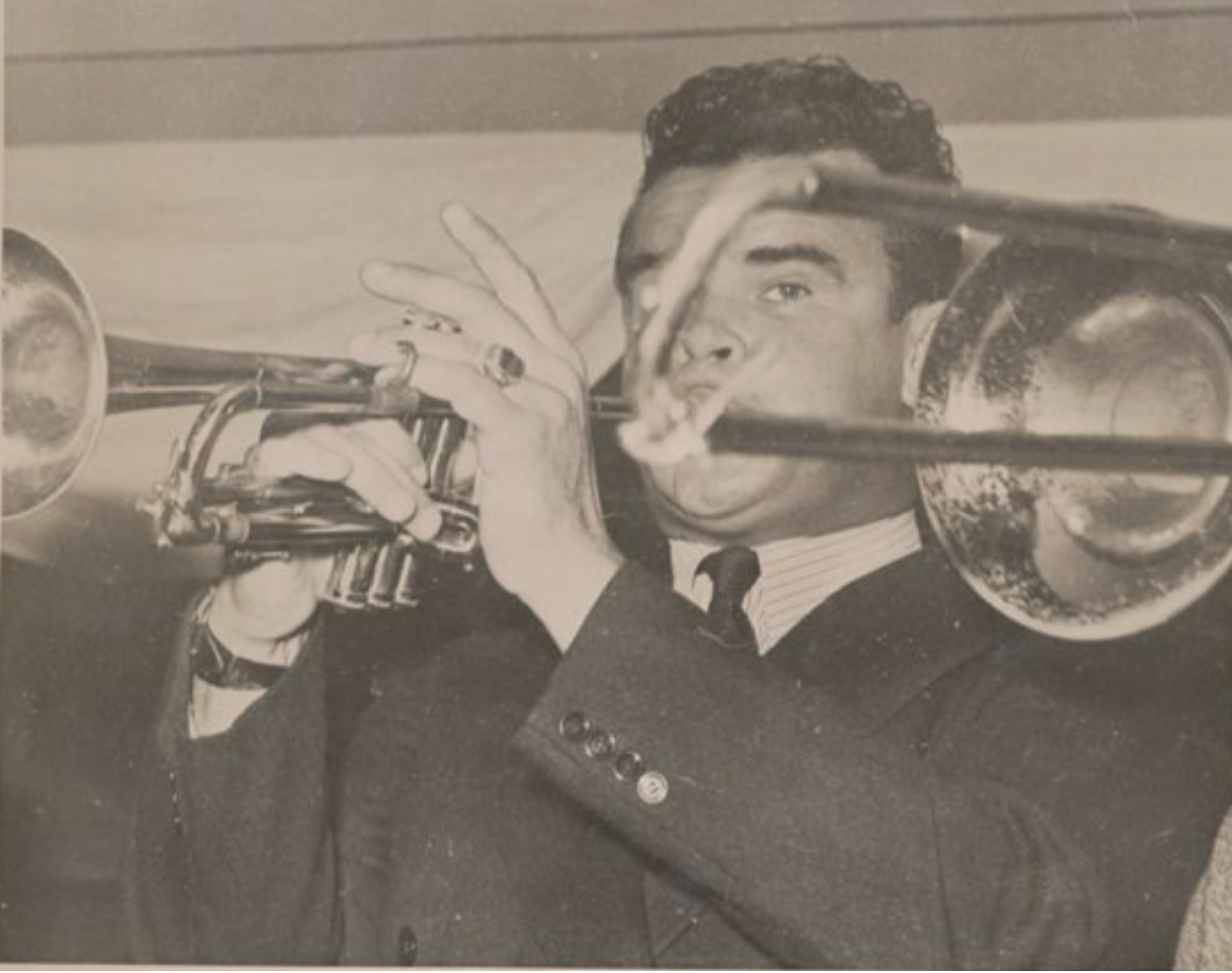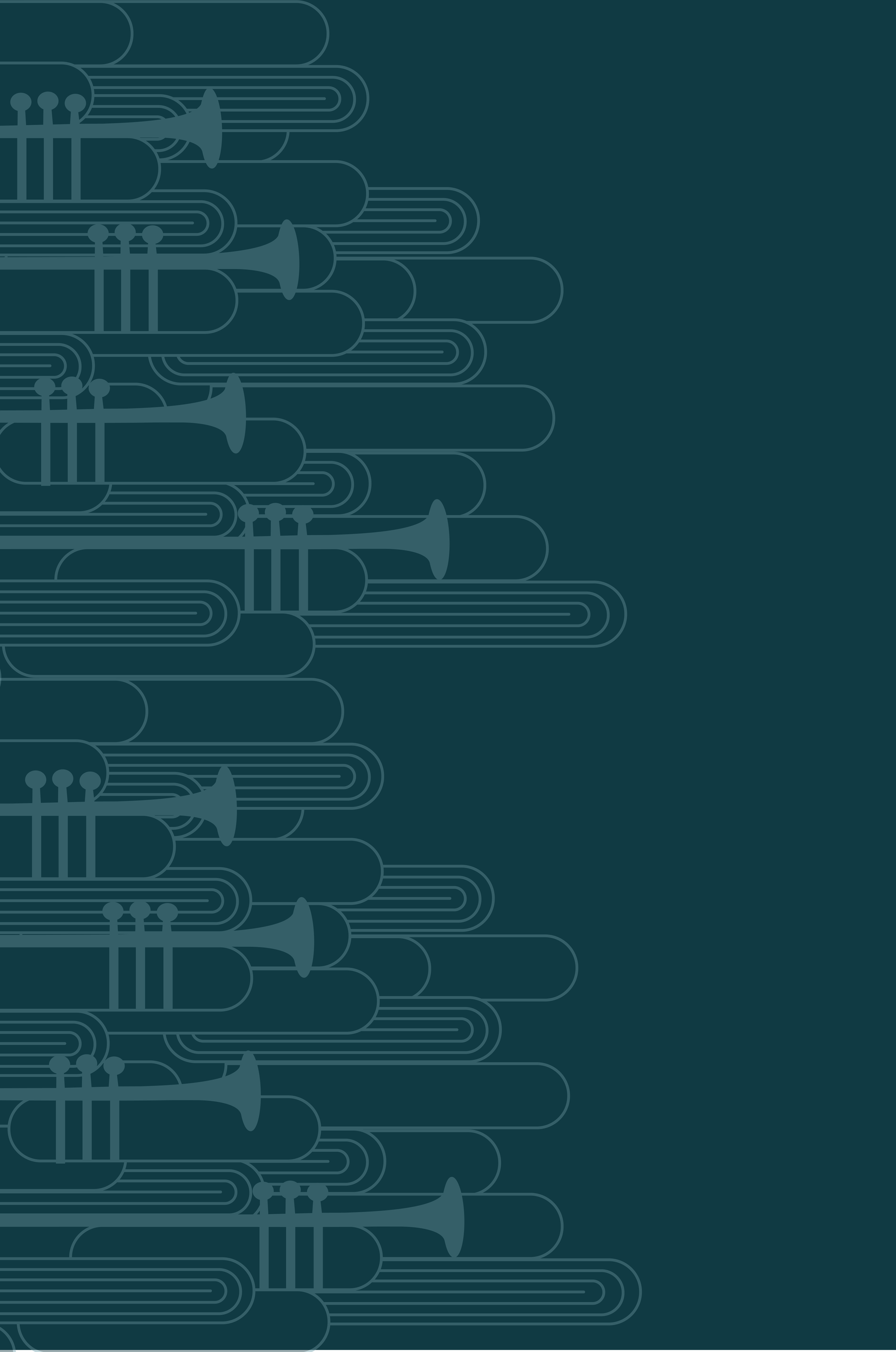
History of the Dawn Club
The original Dawn Club existed in the same Monadnock Building on Market Street in the 1930's and 1940's. The Dawn Club became the epicenter of the Great Revival in San Francisco. Originally a speakeasy during prohibition, the club was located on Annie Street beside the Palace Hotel. In the late 1930s and early 1940s, the Hot Music Society of San Francisco organized concerts at the club, featuring a variety of bands and musicians.
During the War Years of 1940 to 1945, its jazz shows, titled "Air Shots From The Dawn Club" were broadcast on long wave radio throughout the Pacific Region on Friday and Saturday nights. These shows served to re-establish immense interest in what became known as the original "San Francisco Jazz Style". Leading this movement was Lu Watters and his musician friend, Turk Murphy. Much more will be shared about these phenomenal performers and their amazing cast of jazz musicians as you journey back with us to the original Dawn Club era. We share some of these stories with special thanks to the Stanford Music Library. Here follows a brief overview of its history featuring a story of unusual serendipity.

Yerba Buena Jazz Band Debut
During the late 1930’s, the Dawn Club was one of many jazz and swing clubs operating in San Francisco. With so many clubs, there was intense competition for musical talent, and patrons of the music were spoiled for choice of venue. One of the most successful one-off concerts featured the Yerba Buena Jazz Band (YBJB), which was still in its formative stage. Management at the Dawn Club was impressed by the sound of the band as well as the size of the audience it initially attracted, and in 1941 the band was engaged to perform every Friday night. However, longtime Dawn Club customers who preferred the standard dance band approach were put off by the Watters band’s brassy sound, and the repertoire was unfamiliar to most patrons. A drop in attendance led to the end of the engagement.
Bandleader Lu Watters, undeterred by the setback, convinced the management to give the Yerba Buena Jazz Band another chance. Once again, the band struggled to hold on to a crowd that still wanted to hear Swing Era standards rather than “Tiger Rag.”
Digital image of Lu Watters, early Dawn Club era
Newspaper Photo of Watters' Injury
A Change of Fortune
for the YBJB
A chance occurrence changed the group’s fortune: for some time, Lu had been dating a young college student, Pat Joyce, despite her father's vehement objections. The elder Joyce told the young musician to stay away from his daughter, but the stubborn Watters ignored the warning. Finally, catching the pair returning to the Joyce home at a late hour, the father shot Watters in the hand. Though he was not seriously injured, a police report was made and the story wound up in the San Francisco papers.
As pianist Wally Rose recalled, “People started coming to the Dawn Club to see the man who had been shot!” Many of the curious patrons decided they liked the Yerba Buena Jazz Band’s music, and stayed long enough to drink and dance. The increase in the audience resulted in the band being hired to play three nights a week.
Photos from the era show the eight-piece Yerba Buena band wedged onto a crowded bandstand, surrounded by small tables. Some of the photos include the microphone from radio station KYA, which broadcast the band live from the club.
War time Yerba Buena Jazz Band at Dawn Club with crowd: Clancy Hayes, Bill Coonley, Ellis Horne, Bob Helm and Bill Bardin
Yerba Buena Jazz Band at Dawn Club with KYA mic
Bob Best sings with Yerba Buena Jazz Band with crowd at Dawn Club
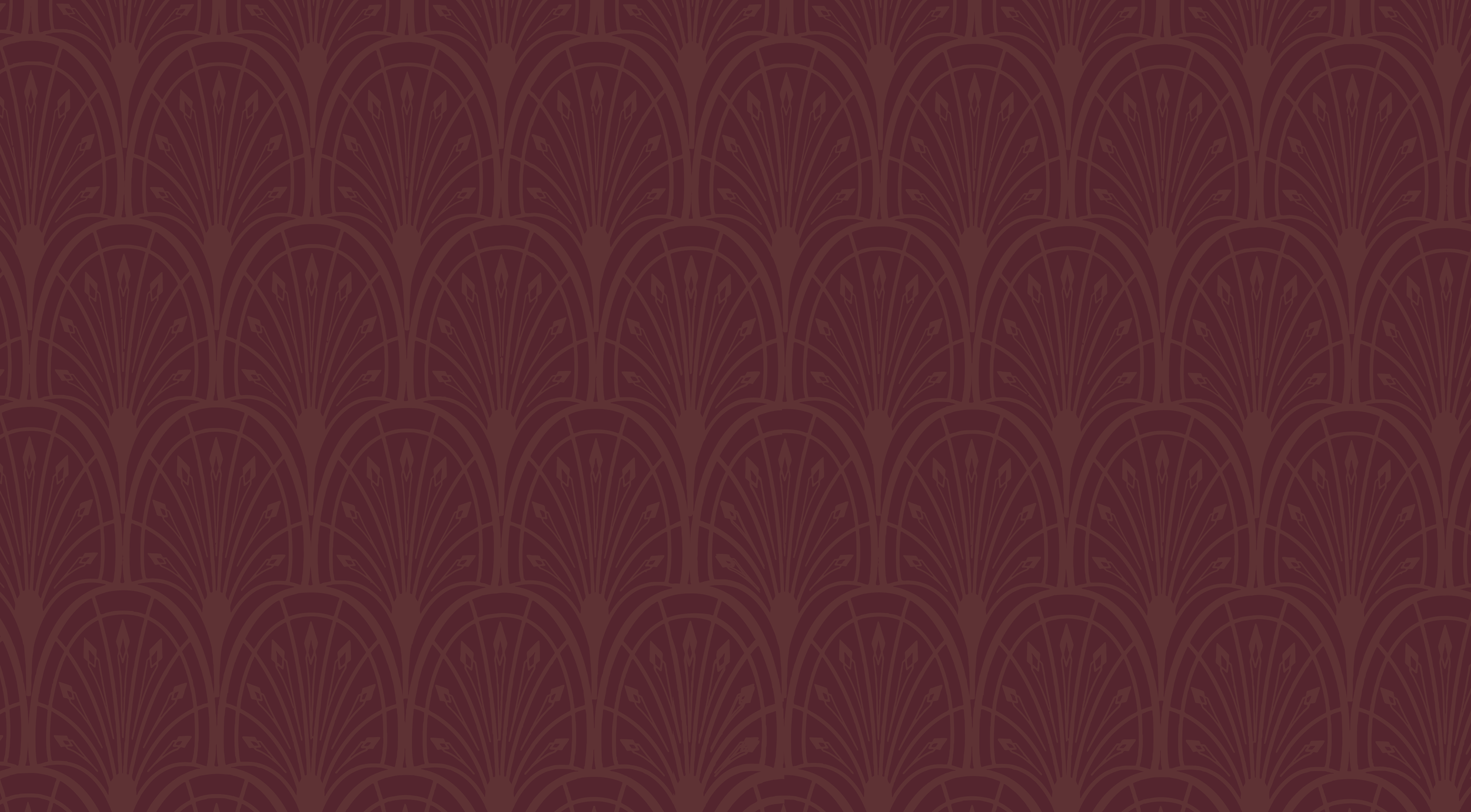
New Orleans Jazzmen at the Dawn Club
Occasionally, pioneer African-American jazzmen like Papa 'Mutt' Carey, Kid Ory, Bunk Johnson, Ed Garland, and Minor Hall were able to avoid the watchful eyes of the segregated San Francisco Musicians Unions and some memorable music was played before World War II put an end to the music.
Mutt Carey with Lu Watters and Bill Dart at Dawn Club
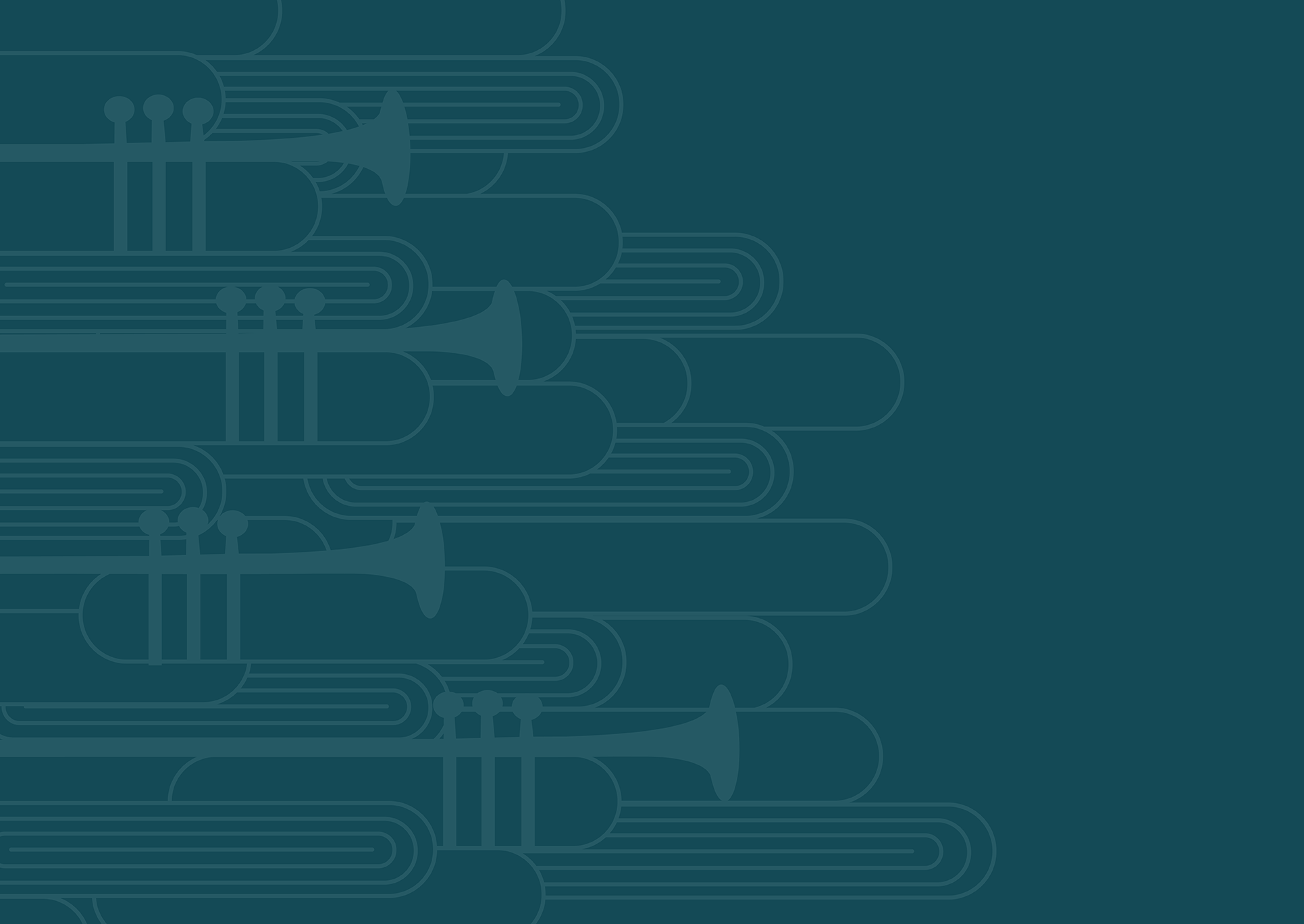
World War II YBJB
Benny Strickler, Trumpet, taken at Dawn Club, 1942
By 1942 most of the key band members, including Lu Watters, Bob Scobey, Turk Murphy, Wally Rose, and Bill Dart, had joined the Armed Forces.
The Hot Jazz Society continued through the summer with trombonist Bill Bardin, clarinetist Ellis Horne (and sometimes Bob Helm, before he left to join the Army), pianist Burt Bales, banjoist Russ Bennett, brass bassist Bill Coonley, and banjoist Clancy Hayes switching to drums.
The brilliant trumpeter Benny Strickler played with the band for a short time before illness silenced his horn. Veteran musician Al Zohn took over the trumpet chair until the music at the club ended for the duration.
By May 1943 the San Francisco Musicians Union had put a stop to mixed race jazz at The Dawn Club.
The ugly head of racial prejudice was finally too much for Bunk and the 'Hot Seven' to combat, even in California, and last May the Musicians Union forbade the mixed group—six whites and one black—to play any more public affairs.
— Jazz Review (UK), Richard Oxtot
Bandleader Dick Oxtot recalled a performance, prior to the Musicians Union action, by another first generation New Orleans jazzman in San Francisco: The Dawn Club's most distinguished visitor was Papa 'Mutt' Carey, who had heard so much about the band [YBJB] that one weekend he came up from Los Angeles to hear it. ...
After playing with the Yerba Buenans for about an hour ... he was called upon to speak over the microphone. Choking with emotion, the ageing New Orleans trumpeter declared that these 'white boys had it,' that playing with them brought back memories of the old days and that he hadn't enjoyed himself so much in years.
The following night he lifted Lu and the others to probably the greatest heights of their careers. His choruses on "Dippermouth" that evening were something one hears once in a lifetime.
— Jazz Review (UK), Richard Oxtot
Lu Watters & Papa Mutt Carey
The Dawn Club
in the Post War Era
After the war, a revitalized Yerba Buena Jazz Band returned to the Dawn Club in the spring of 1946. The musicians had rehearsed for months, adding new material to the already large repertoire and developing an even more exciting sound.
When they re-opened at the Dawn Club on March 1, some 900 fans jammed the premises to hear the rejuvenated YBJB.
For several months, the operation was a huge success.
The band was working five nights a week and sounding better than ever. Their fame increased as radio station KGO continued to broadcast live from the Dawn Club each night. As can be heard on the broadcasts, the YBJB in full cry overwhelmed the announcer and undoubtedly obliterated any attempt at conversation within the club. Ward Kimball, the future Firehouse Five Plus Two bandleader visited the Dawn Club while the Watters Band was at their peak. Kimball entered the front door and started down the steps to the club when the band hit the first few notes of a hot stomp. The unexpected wall of sound caught Kimball off guard. He stumbled and fell down the rest of the steps.
A mimeographed program was prepared for each evening, and the audience learned to appreciate the repertoire with so many odd titles: “Willie The Weeper,” “Gut Bucket Blues,” “Cakewalking Babies From Home.” A photographer snapped photos of happy customers, with the YBJB wailing away in the background, and sold them as souvenirs. The kitchen served up red beans and rice. The large dance floor was full.
Life was good until the winter of 1946. It suddenly became apparent that the accountant had ignored a large, unpaid tax bill. Caught unaware by this financial crisis, the musicians were forced to look for another place to play. The Yerba Buena Jazz Band performed for the last time at the Dawn Club on New Year’s Eve, and the musicians began the search for a new home. That new home was called “Hambone Kelly’s” in the East Bay. It operated as a “cooperative” by the musicians, but barely lasted a year. Following the closure of the Dawn Club, the same heights were never reached again by Lu, Turk, Wally and the gifted Yerba Buenan’s.
And now, in the year 2023, the Dawn Club is back, and thank you, for being a part of this latest revival.
